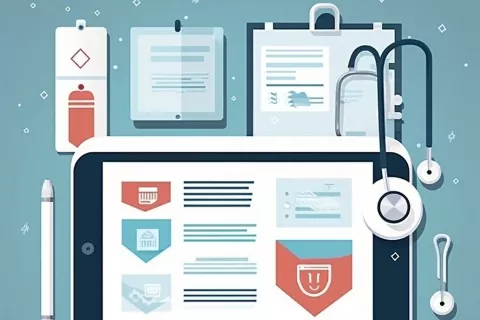The adaptation of medical writing bloomed through the ever-evolving medical device industry coupled with the implementation of stringent regulations in the countries. Given the dynamic nature of the medical device industry, it is noticed that manufacturers who aim to place their medical device/s in the market are focusing diligently on medical writing for Regulatory approvals, as it involves drawing up a structured document complying with the Regulatory requirements. Several techniques and tools have been devised and are still being developed to implement effective documents.
Some of the key elements that manufacturers should be aware of while establishing medical writing documents are as the following:
1. Team of skilled Medical Writers
The most important tool will be having a substantial team of medical writers to supplement the medical writing projects. The requirements for each document vary a lot; hence, the varied expertise of the writer is also needed. Typically the manufacturers need to be equipped with a varied pool of knowledge and expertise.
Now, a potential scarcity of in-house medical writers is there in organizations; one of the ways to tackle this concern is by outsourcing the writers. This often proves to be a cost-efficient model.
2. Strong Literature Search
Strong research is the backbone for any medical writing documents. Identifying the information pertaining to the device/s with respect to the clinical evidence for drawing out the documents by the manufacturers is quite crucial. A few databases like PubMed, google scholar, clinical trial.gov, and NIH.gov will fetch the required information. There are individual medical journal websites as well, which can be fruitful for researching the clinical evidence related to the device/s.
3. Using Software Tools
With innovative technologies, dedicated software has been introduced that supplements the medical writing project. The writers must be trained immensely to create seamless documents in the best possible way. Some software tools that can come in handy are MS word, MS excel, adobe photoshop, Scrivener (used for aligning research), ReadCube, and EndNote, etc.
In addition, software tools such as SAS, SQL, R, etc. can help analyze statistical data, and software such as Inductel, Spellex, and Stedman’s can assist in discovering grammatical errors or spellchecks in the documents.
4. Templates and Checklists
Even after acquiring all the techniques and tools, drafting documents can still be challenging. One of the best practices while drafting these documents is going through the applicable regulations and understanding the requirements geographically. Based on this, create a checklist and template specific to that document. It will help identify and assess the potential gaps between the requirements and the data collected for that document.
5. Stay Up to Date with the Current Scenario
For medical writers and other stakeholders, staying up to date with the changing regulations is of utmost importance. For instance, the implementation of the European Union Medical Device Regulations (EU MDR) has brought in a lot of additional requirements in the aspect of scientific or technical documents to be submitted during the approval of the devices. This led to a potential void in terms of medical writing competencies. Therefore, training on new regulations and understanding the additional requirements is always preferable.
Medical writing has not remained a cakewalk and drawing up these projects can be quite challenging in terms of efficiency and cost. One cannot ignore the required quality of these documents since hampering these documents can further lead to failure in launching your device/s in the market.
Over the years, Freyr has catered to several complex medical writing projects for the medical devices field. To know more about Freyr’s medical writing capabilities, book an appointment today!










